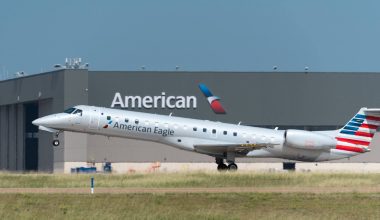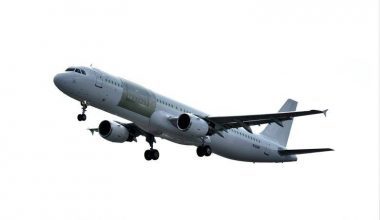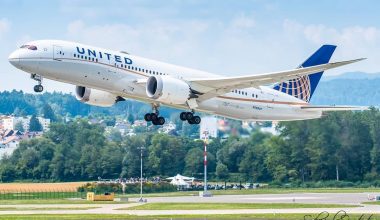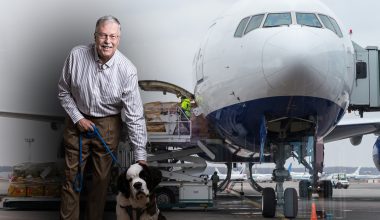Waco Aircraft is the only FAA-approved manufacturer of 1930s sport biplanes in the aviation industry. The company, founded in 1983 as the Classic Aircraft Corporation, initiated its start with the dream to revive the ‘Golden Era’ of Waco Aircrafts that emphasized the open cockpit flying experience.
Waco Aircraft Company started producing aircraft from 1923 through World War II and finally putting a stop to its adventure in 1946. Although Waco Aircraft Company stopped its production in the mid-40s, many of Waco’s popular aircraft still fly even today. The largest single collection is residing at the Historic Aircraft Restoration Museum in Dauster Field, Creve Coeur.
Also Read: Elevation of Flying
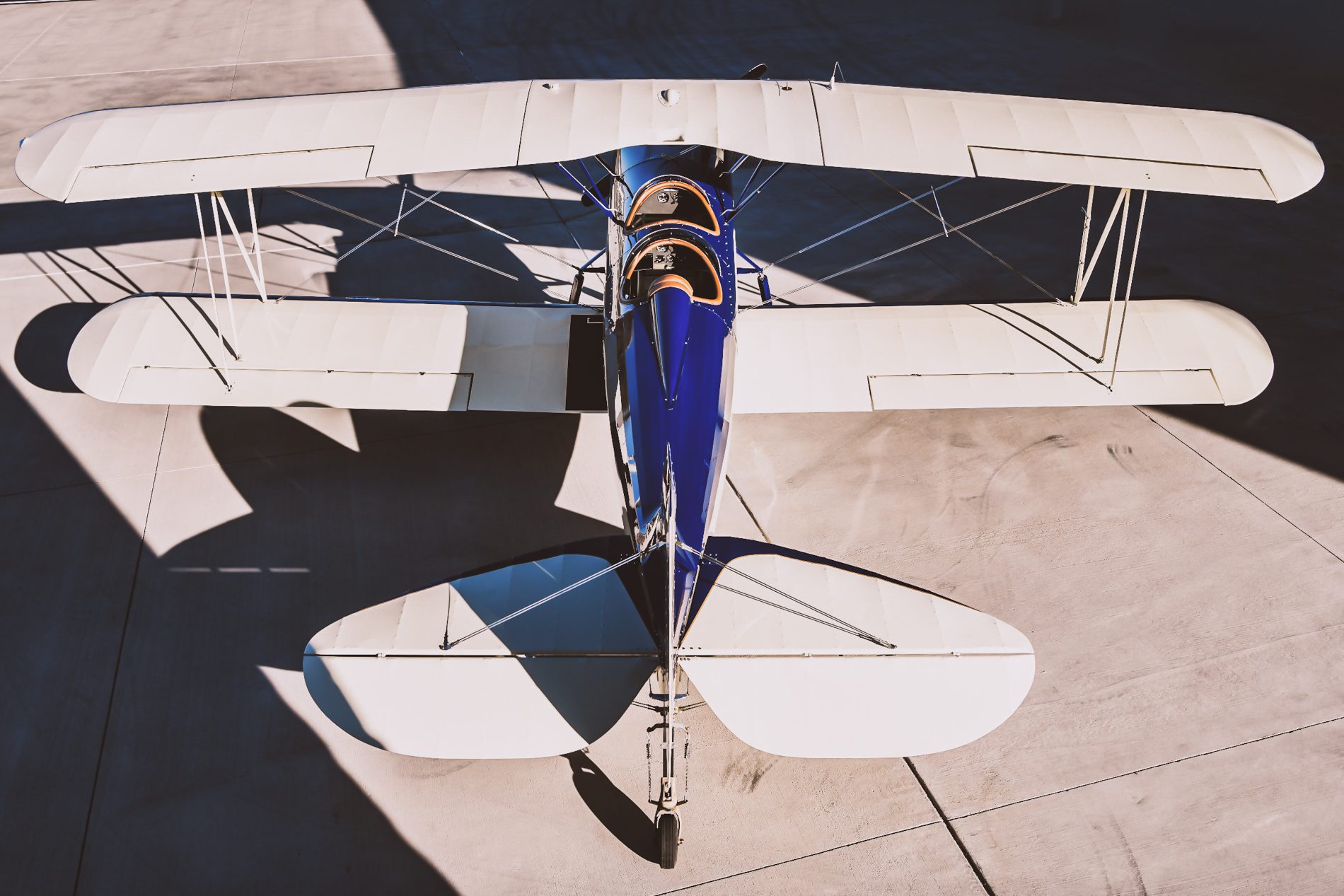
Classic Aircraft Company carrying the legacy of Waco Aircrafts, emphasized building handcrafted airplanes, which gave the ultimate sense of adventure.
History of Waco Aircraft Company
The Waco Aircraft Company was an aircraft company that operated in Troy, Ohio, U.S.A. The aircraft company produced a wide range of civilian biplanes between the period of 1919 and 1947.

Founded by Clayton Brukner, Elwood J, Junkin, and Hattie Meyers Weaver Junkin, during its twenty-eight years of service, the aircraft company produced 62 different aircraft models and lead the competitive market in a number of its registered aircraft.
The Beginning
After involvement in the U.S. in World War I, the entanglement brought forth many inventors and manufacturers who began working to meet the heavy demand for war material to support the U.S. government. Compared to the European Nation’s aviation technology, the U.S. side fell far behind. To close the gap between the E.U. and the U.S. in aviation technology, the Waco Aircrafts Company got acquainted.
The long-term friends and founders Clayton J. Brunker and Elwood J. Sam Junkin both had been acquainted with the aviation industry before the involvement of the U.S. in World War I. The duo had already begun building several aircraft and even taking the flying lessons, to make it big in the aviation industry, Brunker and Junkin moved east to work for the Aeromarine Plane and Motor Company located at Nutley, New Jersey, later moving to the Curtiss Aeroplane and Motor Company in Buffalo, New York.
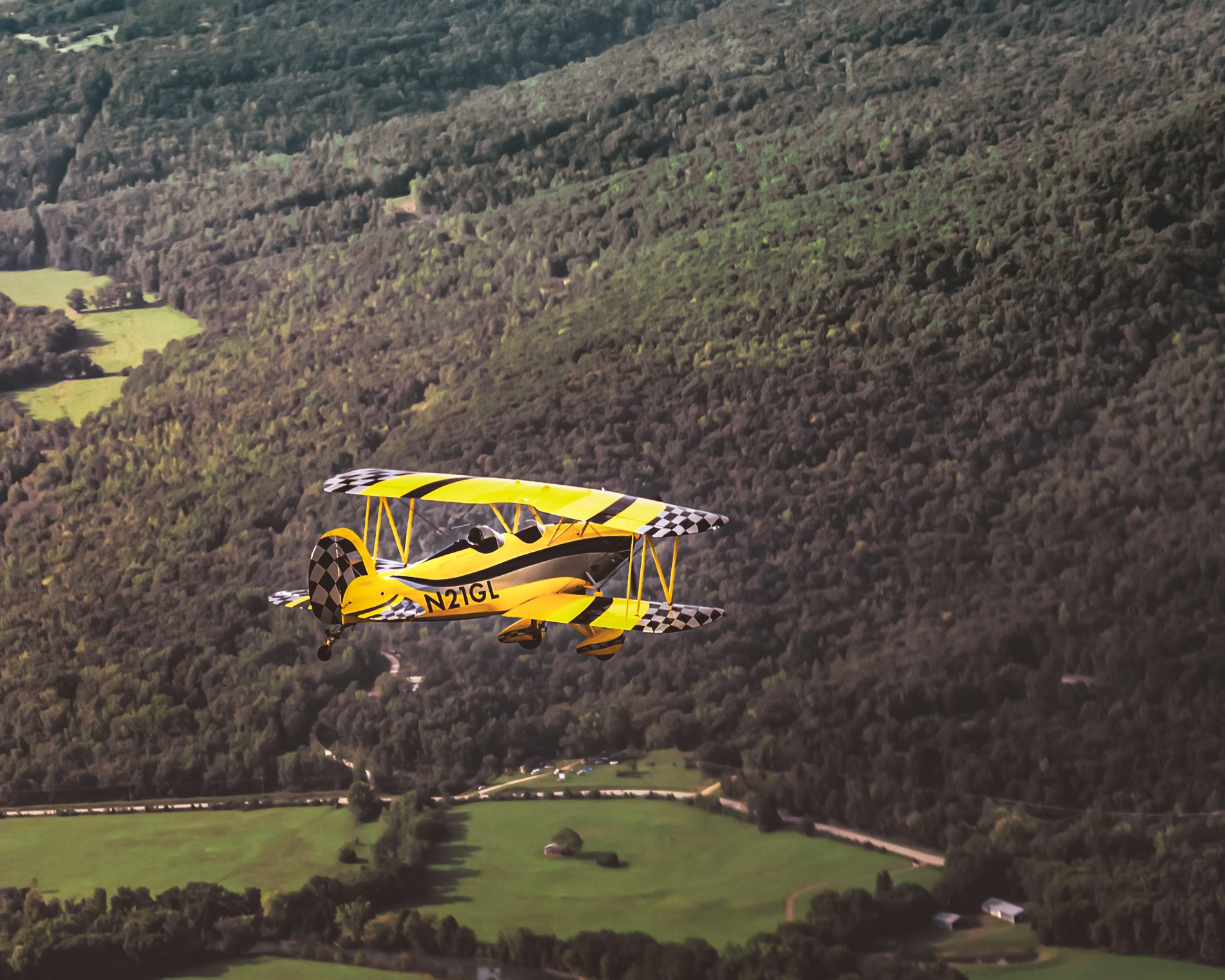
Brunker and Junkin became acquainted with several prominent aviation industry figures while working at Curtiss like Harold C.Deuther, Charles W. Meyers, and George E. Buck Weaver. The Waco founder duo with Deuther started working on single-seat flying boats powered by 15 horsepower. Although World War I ended in 1918, the trio kept working on their flying boat project and finish it.
Bunker, Junkin, and Dejuther completed their flying boat in 1919, but it was a failure; the aircraft was unable to unstick itself from the water due to the inadequate power of the engine. Brunker, Junkin, and Deuther moved to Lorain to continue testing the aircraft; arriving at the Lorain, Ohio in August 1919, the trio rented the space above the Carek’s Dance Hall and started designing two new aircraft, that’s where the D.B.J. Aeroplane Company was established.
D.B.J.’s Failure
Brunker, Junkin, and Duether worked on a small single-space biplane ‘Scout’ powered by a 15 h.p engine after forming the D.B.J. Aeroplane Company. The aircraft was a success, but it got damaged and was never rebuilt again, whereas the second design was a larger two-space flying boat powered by a water-cooled 40 h.p inline engine, which was a failure that couldn’t be airborne.
After that, D.B.J. started working on the third aircraft project but couldn’t complete it due to a lack of funds. The trio then joined Meyers and Weavers, merging D.B.J. Aeroplane company into Weaver Aircraft Company in November 1919 to continue their aviation adventure; Meyers and Weavers had moved to Lorain to establish an aviation school at Woodruff Field,
The partnership began working on high-wing parasol-type aircraft ‘Cootie,’ which was completed and ready for the test flight by February 1920.
Journey As The Weaver Aircraft Company
Starting proceeding on June 19, 1920, Weaver Aircraft Company was created to manufacture, buy, sell, and deal with aircraft and hydro aircraft of all types. Elwood J. Sam Junkin came up with a new biplane design powered by Curtiss OX-5 engines Waco Model 4′, the construction of new aircraft as Waco Aircrafts began in June 1921, and by December 1921, the aircraft was ready for test flights. Weaver moved to a new building previously owned by the Medina Manufacturing Company in April 1922. Then, they started working with a modified Curtiss engine with new hi-lift wings on a new aircraft, ‘Waco Model 5’, the first variant to receive the Chicago Branch of the Underwriter’s Laboratories registration and received N-ABCW registration on April 22, 1922.

The Weaver group determined to make it big in the aviation industry, again, relocated to Troy, Ohio, in March 1923 to a building form& Shaft. During the mid-1925, Junkin started working on a completely new design, ‘Waco Model 9’. The aircraft was the first successful design from the company that got issued an Approved Type Certificate meeting the Bureau of Air Commerce requirements and received A.T.C. #11. The design was an instant hit, and over 283 Waco 9s were sold in the period between 1925-1927.
After the passing of Sam Elwood J. Sam Junkin in November 1926 due to heart conditions, Clayton Brunker purchases nearly all the shares held by Junkin’s wife Hattie and becomes the sole owner of the Advance Aircraft Company, bought by Clayton Brunker and Junkin on July 7, 1925. The designs Junkins worked on before passing away ‘Waco 10’, Meyers takes over designs and completion. The variant went into full production in 1927; over 1200 ‘Waco 10s’ were produced between 1927-1931.
From Advance To Waco
Previously working as the Advance Aircraft Company, Waco had not become a household name for the manufactured aircraft. But, in June 1929, Clayton Brunker officially changed the company’s name to Waco Aircraft Company, clearing the confusion between Waco aircraft and their associated company.
Waco’s Model F(R.N.F., K.N.F., I.N.F., and M.N.F.) was introduced in 1930, replacing the OX-5 powered aircraft with the new ‘Sp h.portsman’ class; the variant offered four different engines options from h,p ranging from 100 h.p to 125 h.p. The company continued the design till 1931, following its success. Waco introduced its first cabin-model aircraft, ‘Model Q.D.C.,’ in 1931; the four-place cabin biplane was powered by 165 h.p Continental A-70 engines that create a good demand in the market.
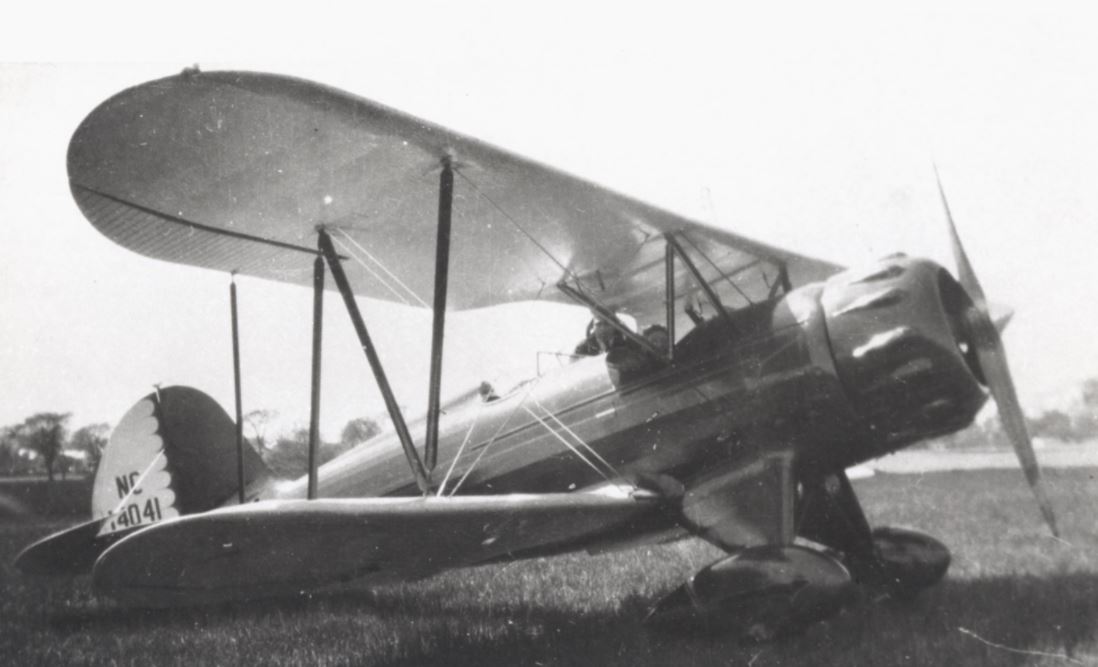
Similarly, In the later years from 1932-1934, Waco continued its F-series with UBF-2/PBF-2, UMF-3/YMF-3 including C.P.F. and UMF-5/YMF-5. Waco’s XJW-I was the first military sold to the U.S. Navy in 1934 for use as parasite fighters in the airships U.S.S. Akron and Macon. The aircraft company brought a shocking revolution in the aviation industry with its ‘Waco AVN-7’ models developed into AVN-8/ZVN-8 in 1937. The revolutionary tri-cycle design made the landing of the aircraft easier regardless of the wind, securing name in history as the first manufacturer to produce such aircraft.
World War II
Waco started designing military trainers and troop gliders after WW II initiated from Europe.
‘UPF-7’ rolled in the line to serve the military as a primary trainer in 1939; although the aircraft didn’t pass the test, Air Corps bought 14 Waco PT-14/UPF-7s followed by 600 additional aircraft for Civil Pilot Training Program in the 1940-1942 time period. Waco ‘CG-3A’ was the first aircraft that rolled of the line to serve the military, followed by other models like ‘CG-4A’, ‘CG-13A’, and ‘CG-15A’.
Waco Aircraft Company built 1,607 gliders at the Troy and other 13,402 built by various contractors during WW-II.

After the World War period, Waco came up with a streamlined monoplane design powered by a pusher prop with retractable landing gears. The company completed its first model of such type, but it didn’t survive the competition dominated by low-cost aircraft. Later, Waco sold its glider factory to B.F Goodrich, an aircraft tire and brake manufacturing company. The aircraft manufacturer completely ceased producing any new aircraft in 1946.
Similarly, even the whole Waco Aircraft Company was sold to Allied Aero Industries Inc. in 1963. Allied Aero auction the Waco Aircraft Company after two unproductive years. The name rights got acquired by Italian company Siai-Marchetti in 1969 for use in their new aircraft with marketing interest in the U.S.
Reincarnation of Waco aircraft
The founders of Classic Aircraft Corporation determined to reincarnate the Waco industry in 1983, took the 50-year old designs from the ‘golden era’ and manufactured it as a new FAA-certified aircraft. This feat has never been accomplished in the aviation industry’s history. The company’s first Waco Y.M.F. received the F.A.A. certification under the original Waco Type Certificate in March 1986, followed by the Waco YMF-5C Super, a superior modern-day brainstormer in 1991 with even more improvements.

Keeping Waco’s original masterful design, Classic Aircraft’s team started creating modern-era aircraft with more than 300 changes redesigning over 1400 drawings and building new tools for the production process. After getting acquired by Peter Bowers and Jon Bowers in 2008, Waco introduced new upgrades like Waco YMF-5D Super and bringing back Great Lakes model 2T-1A-2 back in production, completing the first aircraft in 2013.
Now, Dimor Group Inc. is carrying the legacy of the Waco Aircraft Company, getting its acquisition in 2018; Dinmor plans to develop the market for Y.M.F. variants from Waco, including other additional projects to set a landmark in the aviation industry as a classic aircraft manufacturers.
Waco aircraft GmBH
Waco Aircraft Europe GmBH was formed in 2021 in Illingen, Baden-Württemberg, Germany, to strengthen the European network of Waco Aircrafts. The Waco subsidiary performs demonstration flights for the interested European customers in a new production YMF-5 Super or Great lakes at the St. Gallen Altenrhein airfield in Switzerland.

To cut the hassle of a long journey for the European client, the Waco Aircarft is also planning to establish a showroom for the potential customers from where they will be able to select their personalized aircraft options and finishes.
Considering the bing European aviation market, the company and its subsidiary Waco GmBH also added a service facility in 2021. Now, the European Waco aircraft owners will be able to receive the factory-certified repair and maintenance close to their premises.

